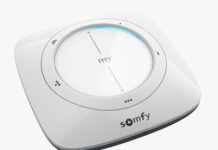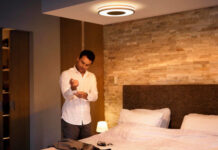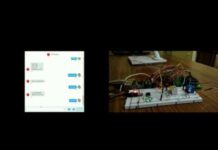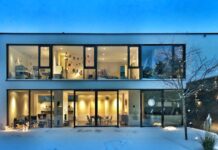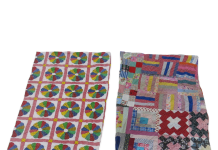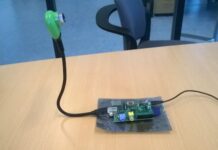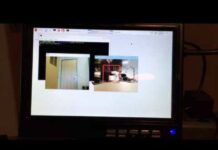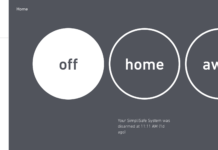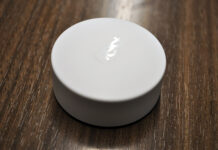We’ve spoken about Z Wave before, but now we’re going to get into a little more detail on the usefulness and practicality of home automation. Typically you would look at a door/window sensor, or motion sensor, and expect that it’s going to let you know when the door or window is open and the motion sensor will let you know when there is movement in the room. While that is true on both counts, these sensors are capable of much more than that.
In the home automation world you’ll hear the terms “automation blocks”, “recipes”, “robots” or “scenes”. These terms all mean the same thing. These terms are referring to actions that happen automatically when one or more condition is met or, in our example, a sensor is tripped or activated.
Let’s say I have visitors staying at my home. The extra bedroom door is in the middle of the hallway and the light switches are on either end of the hallway in a typical 3-way switch setup. Rather than have my guests come out of the bedroom into a strange, dark hallway, I’m going to set up a scene that, based on specific conditions, will turn the hall lights on at 20% brightness for 10 minutes, then turn off.
Another way to use your sensors in an automation function would be to create a scene that won’t allow the AC to run if there are any windows or doors detected as open. And, if that happens, you can have that scene generate a notification to tell you that your HVAC is trying to run but has been stopped by an open window or door.
Another example of a scene or automation would be for the security lighting around your home or property. Rather than turning the lights on every evening when it gets dark, have your automation system turn them on for you. As you are aware, no matter where you live, the time that the sun sets is different every day. Most home automation controllers have an “astronomical clock” built in. When you set up your controller, you will enter your physical location via your longitude and latitude or your zip code. With that information, your controller will know the exact time of sunrise and sunset every day. Having your outdoor lights come on based on sunrise and sunset is an example of triggering the scene based on a schedule rather than a sensor triggering the scene as in the example above.
There are many different examples of automated functions that you can implement in and around your home that will make your life easier and, more importantly, help you manage your energy consumption by having lights turn off automatically and setting your lighting scenes at lower dim levels.
If you would like help setting up scenes to optimize your home automation, we can help. Just call us toll-free at 800-266-8765 (7:30 a.m. to 4:30 p.m. Pacific, Monday – Friday) for free tech support and product advice. You can also email us at [email protected] or visit www.homecontrols.com.

